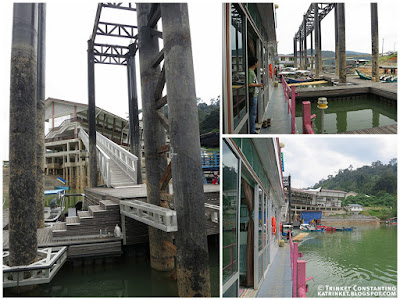We went up Sibulan (I wasn't originally planning to do so!) with some of the delegates of the 10th ARRCN Symposium on the off chance to see an eagle.
We didn't see one.
But guess what I finally got a satisfying view of?
A migrant which can pass through the country in the hundreds. I've missed the murmurations up north.
I've dipped on close views in familiar birding sites.
I've had a view through a scope of a pair perched on a tree high up a mountain.
Just a few weeks ago, I saw three of them flying across a field in the campus where I work.
Here, in a mountain I didn't plan to be...
Six Chestnut-cheeked Starlings perched among the African Tulip blooms.
At last I can count you as a lifer!
Michael C. pointed out this tree to me. Philippine Oak! I had no idea we had could have acorns here.
In the ditance the peak of Mt. Apos peeked above the forest canopy through a veil of clouds.
No eagle today for us though.
Who would've thought I would consider a starling a reasonable trade?




























































